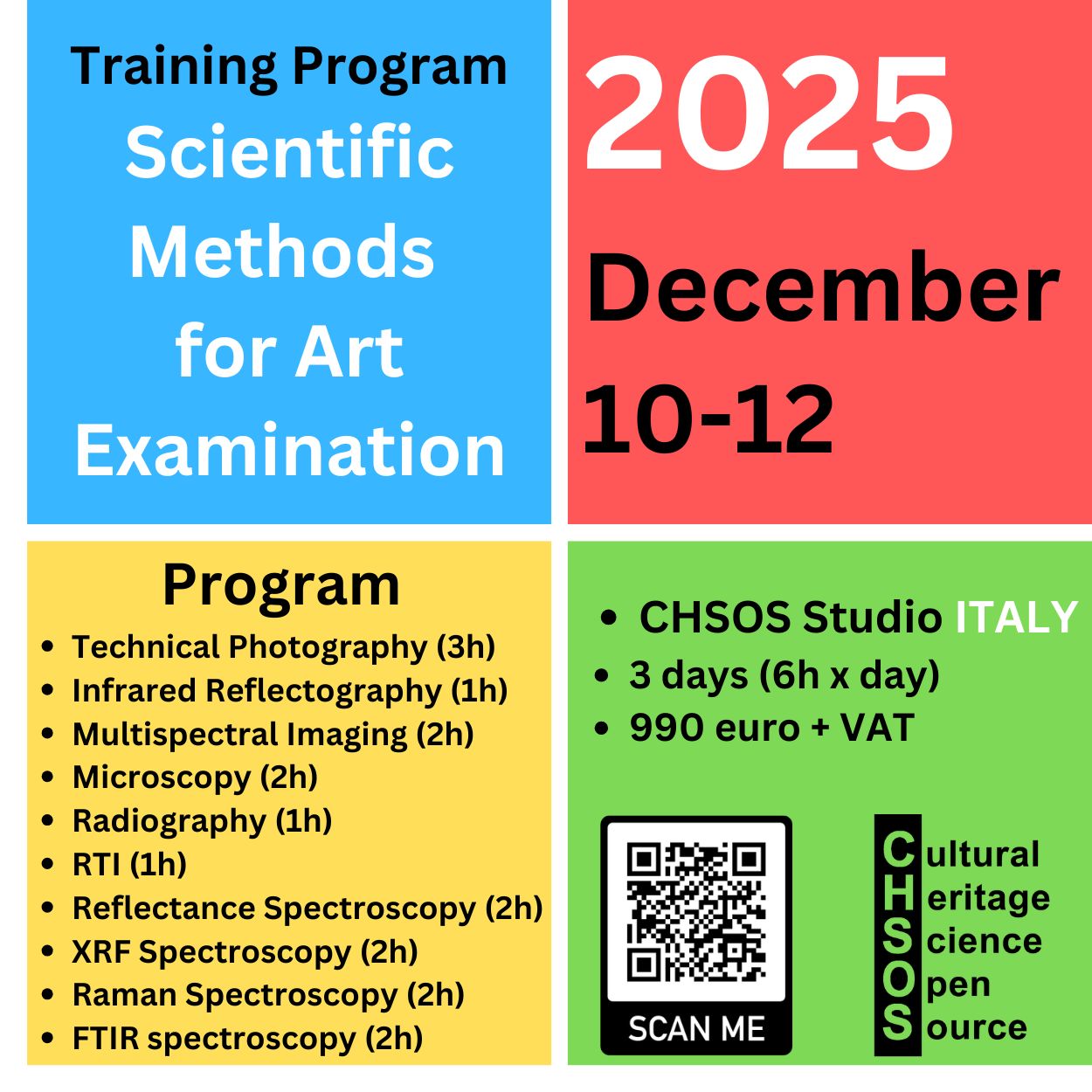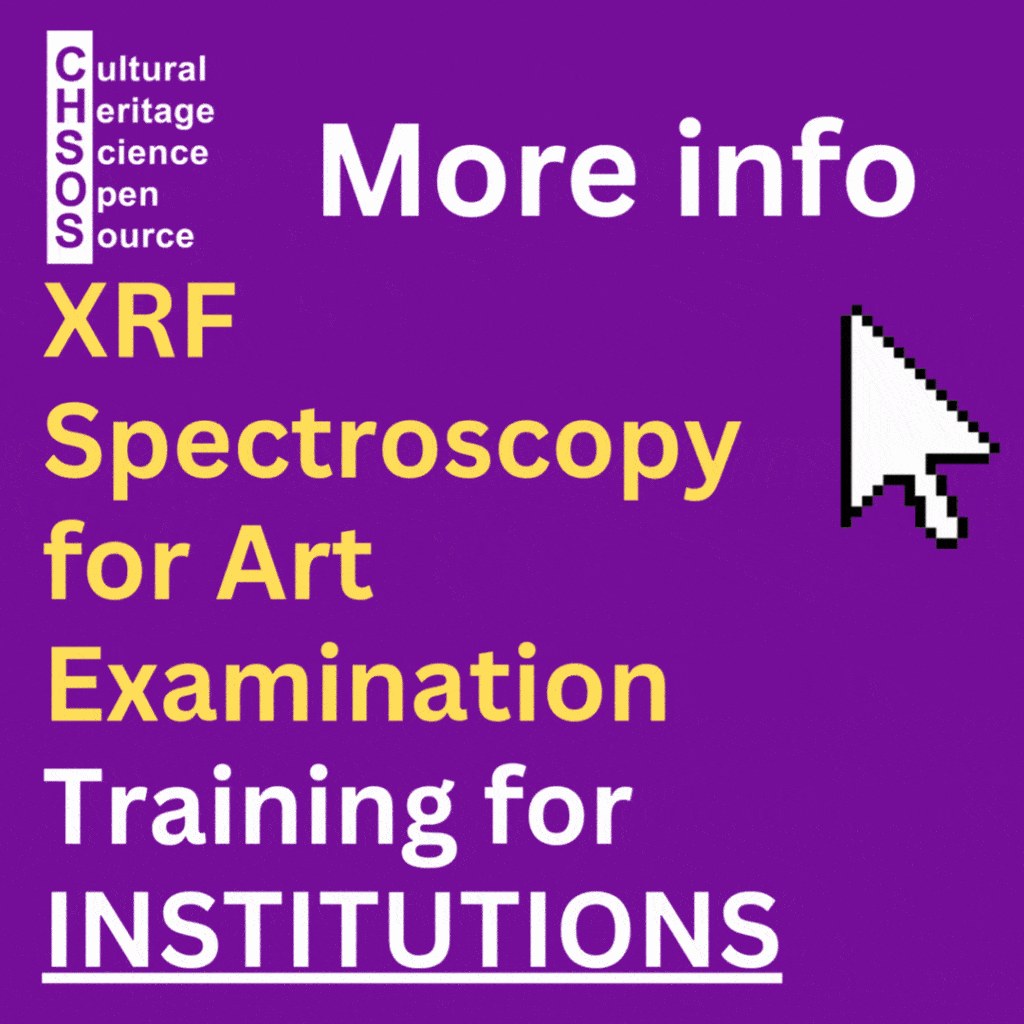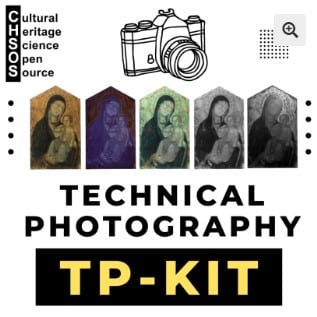Home » Case Studies » Mid-20th century Italian test plate for underglaze colors
Mid-20th-century Italian test plate for underglaze colors
This test plate was used by manufacturers to show the range of glaze or underglaze decorations available. Around the rim, there are multiple rectangular patches of different colors, each marked with a number (N°). These represent different ceramic pigments tested on the plate. Each swatch contains a shield-like logo and printed patterns (hatching, dots, solid areas) to show how the pigment behaves on different textures. This allows a buyer or technician to see color density, coverage, and interaction with glaze.
“DECORI SOTTOSMALTO” → means “underglaze decorations” in Italian. This indicates that the colored patterns are applied under the glaze, making them more durable.
“RESISTENTE IN LAVASTOVIGLIE” → means “dishwasher safe”.
Plates like this were not for domestic use but served as sample or reference plates for:
Ceramics factories, to test and demonstrate available color options.
Shops or clients, to choose which decorations to apply to production pieces.
Quality control, to check how each pigment looks once fired and glazed.
CHSOS Collection – item #57
Technical Photography
The most informative Technical Photography method in this Italian test plate is Infrared Fluorescence (IRF). It reveals that the orange test color shows strong infrared fluorescence, suggesting the use of a cadmium-based pigment.
Reflected UV (UVR) also provides valuable clues. While most pigments absorb UV and appear dark in UVR images, the blue pigment (no. 2) reflects UV, a useful feature for its identification and mapping. The same applies to the grey pigment (no. 16).
The infrared reflectography is equally important for pigment identification and mapping. As expected, most pigments become transparent in infrared, but the blacks behave differently. Black no. 18 remains dark, whereas black no. 14 becomes almost transparent—indicating that different black pigments were used in this Italian test plate.






Scientific Art Examination – Resources:
Getty Conservation Institute (GCI) – USA
The British Museum – Scientific Research Department – UK
Scientific Research Department – The Metropolitan Museum of Art, New York, USA
C2RMF (Centre de Recherche et de Restauration des Musées de France) – France
Rijksmuseum – Science Department – Netherlands













